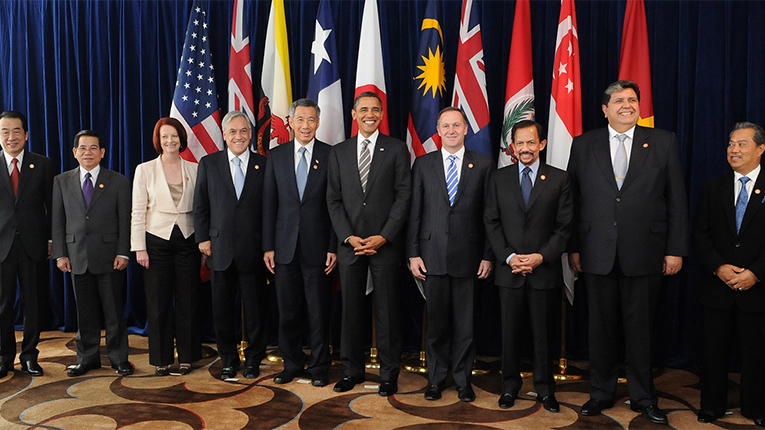
Why you should care about the Trans-Pacific Partnership
This post was originally published in the Washington Business Journal’s WBJBizBeat Blog. | Washington Business Journal
Much has been made of the Obama administration’s “Pivot to the Pacific,” a series of announcements indicating the U.S. would be expanding its role in the Asia-Pacific realm.
The military aspect of this pivot has garnered the most attention, but the economic dimension of the pivot, with its cornerstone being the Trans-Pacific Partnership (TPP), is often overlooked.
The TPP is a broad, proposed free trade agreement with 12 Pacific Rim countries, including Japan, which joined the talks this year. U.S. Trade Representative Michael Froman has said he is “cautiously optimistic” about the ability to complete the deal by the end of the year. The proposed agreement covers 40 percent of the global economy and approximately one-third of global trade.
What makes the TPP unusual and a framework for 21st century trade deals is that it not only encompasses traditional trade terms, but also regulatory coherence and market liberalization as a way to strengthen governance and development. Items under negotiation include labor rights protection, health and safety issues and developing human capital. The proposal also includes better protections for and extends the life of patents and other intellectual property rights while allowing more freedom in capital flows across countries.
Investors should have potential interest in the transformative nature of the TPP. The U.S. needs new, emerging markets to increase the demand for American products and services in order to support job creation and reduce unemployment.
Likewise, the agreement should benefit participants as they can more readily access other markets within the region. One estimate has the TPP responsible for adding 1.9 percent to global GDP by 2025 with the U.S. receiving an additional 0.5 percent in GDP. The big winners from TPP, however, will be small economies with high trade barriers, like Vietnam, which could see its GDP increase by 7.7 percent by 2025.
In looking for growth, the TPP could be a big contributor.
Read more: Why you should care about the Trans-Pacific Partnership



